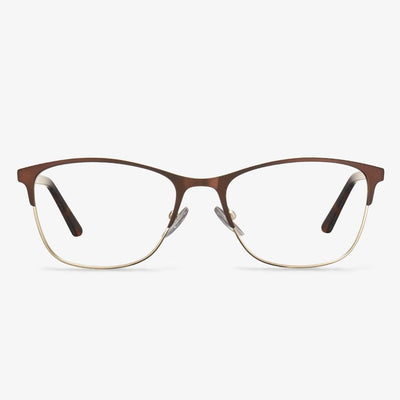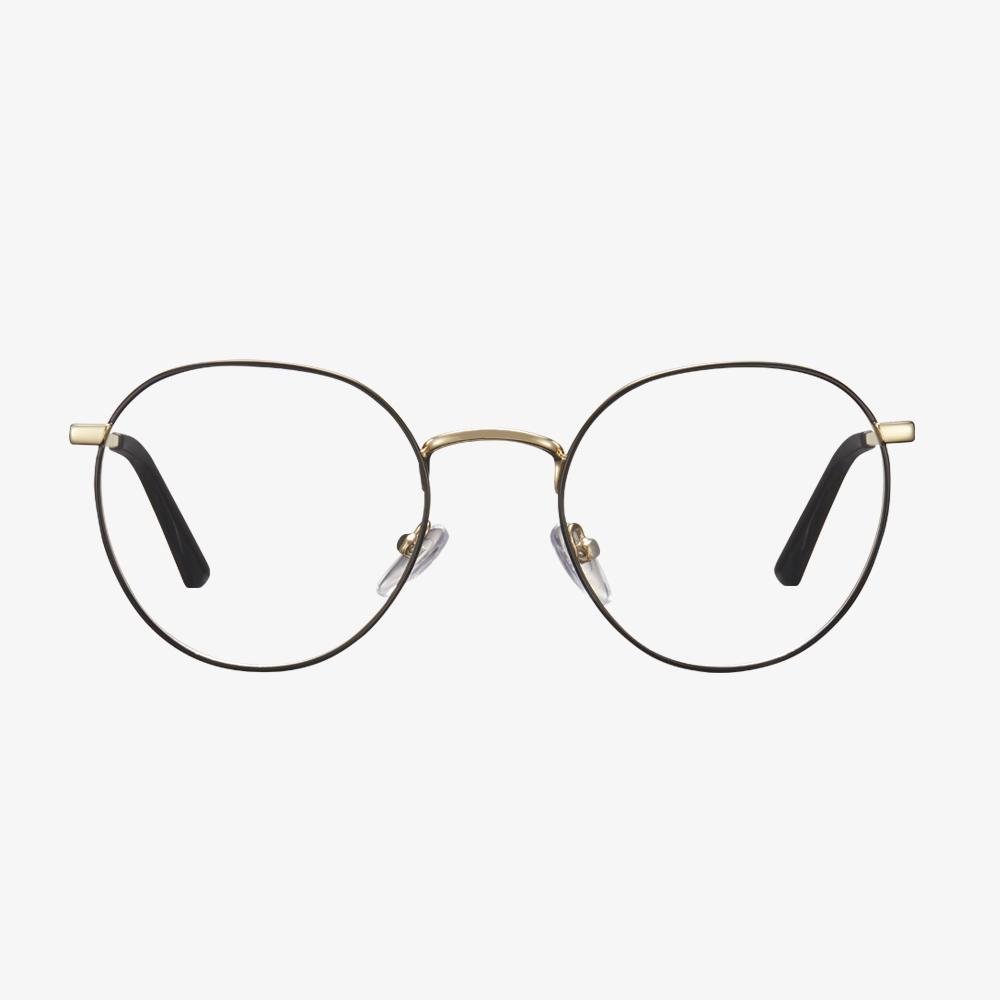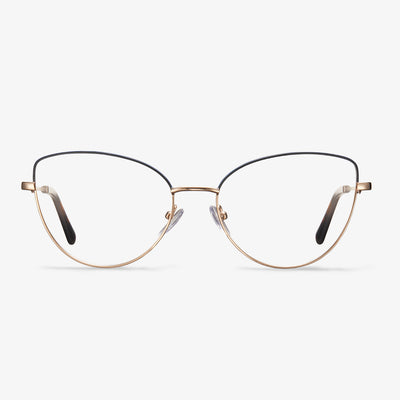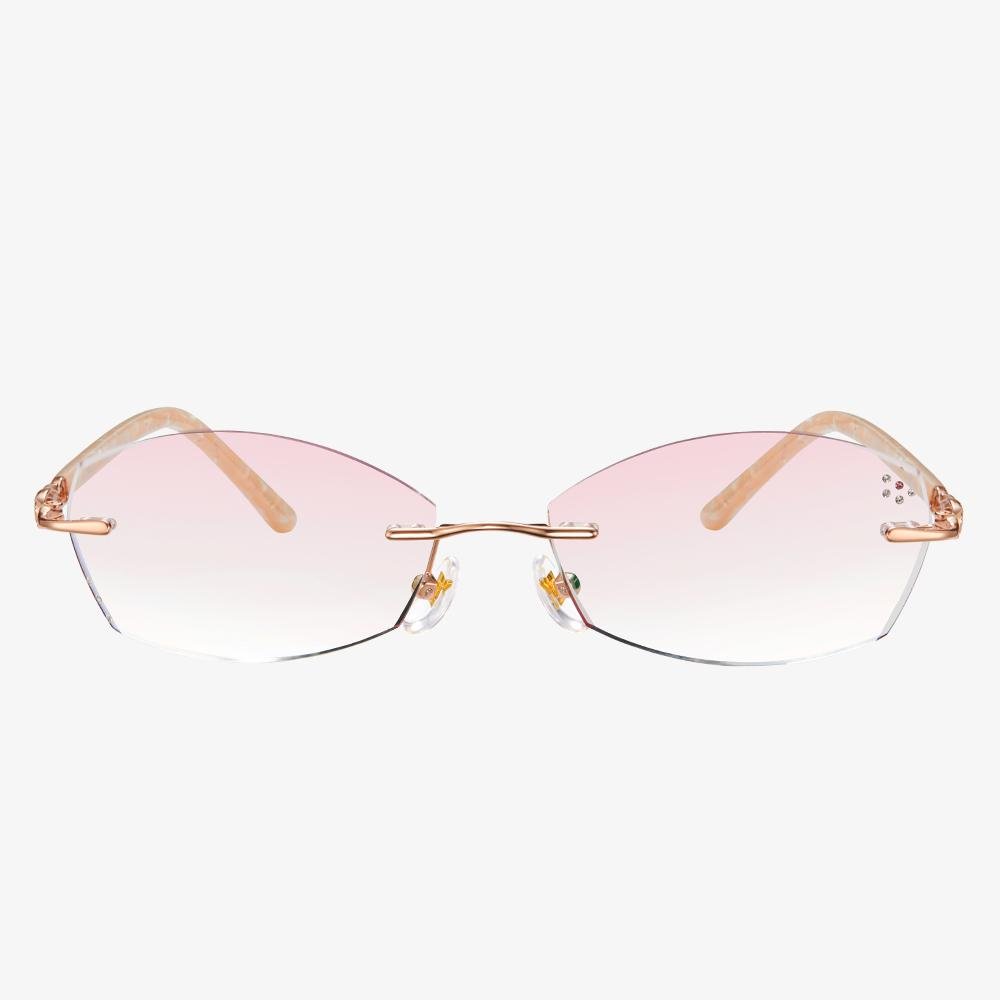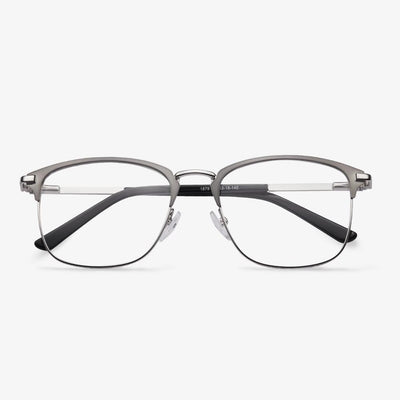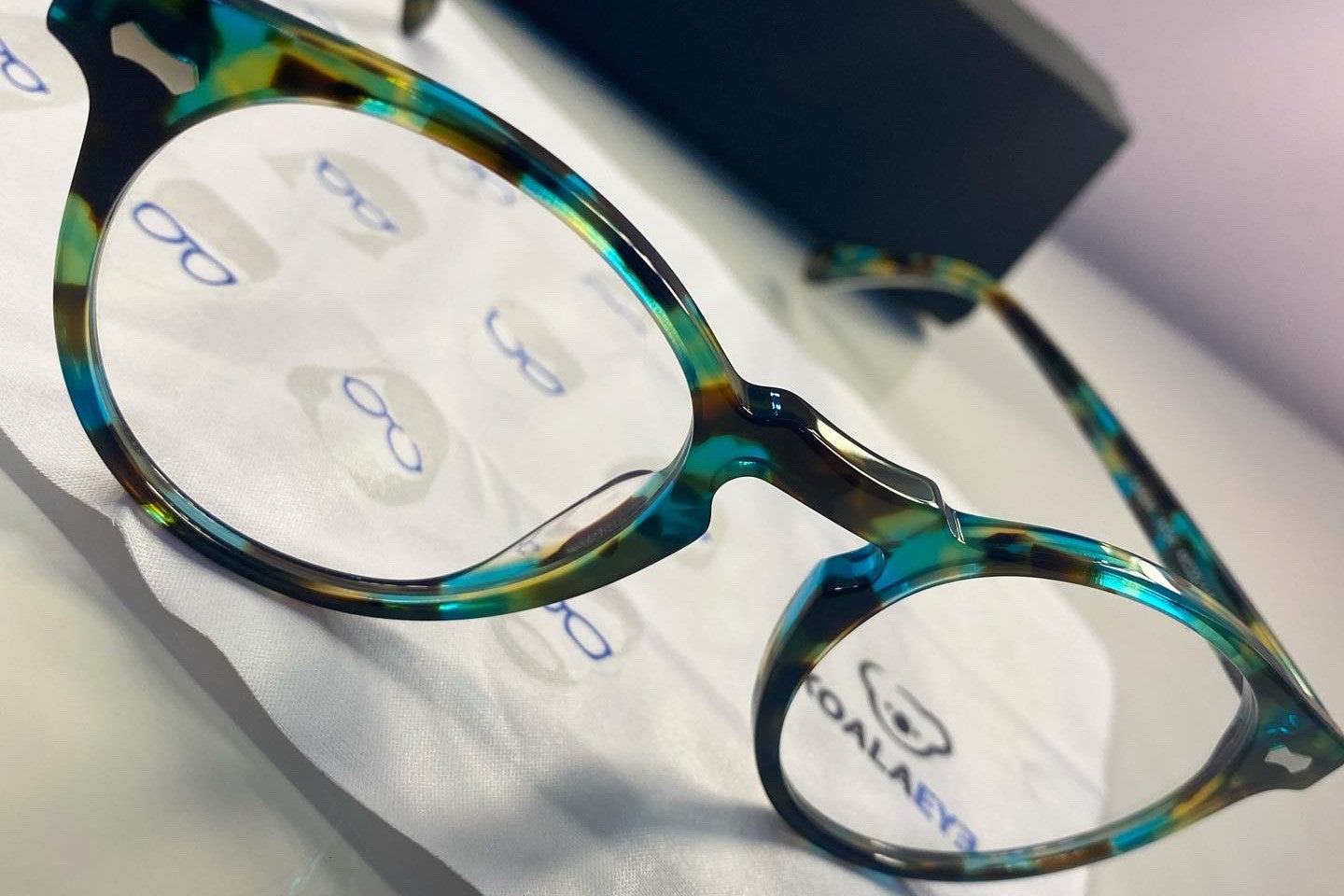What Are High Index Lenses?
High index lenses are eyeglasses lenses that are designed to be thinner and lighter than regular lenses. High-index lenses have a high refractive index than their conventional counterparts. High index lenses are recommended for people who have significantly high refractive errors and strong prescriptions for nearsightedness, farsightedness or astigmatism.
High index lenses are thinner, lighter and more appealing than standard lenses, but they come in several different indexes such as 1.67 high index lenses and 1.74 high index lenses. In this post, we will focus on the 1.67 high index lenses and 1.74 high index lenses.
The Pros of Titanium Glasses
First, titanium is used in its pure form and as an alloy to provide a highly flexible eyeglasses frame. In fact, titanium eyeglasses are flexible. So, they are able to bend without breaking and can return to their original shape.
Second, titanium glasses come with good durability. Titanium alloy metals produce the world’s most durable eyeglasses frames. Choose a titanium frame and it will be nearly impossible to break.
Third, the titanium glasses are extremely lightweight. They are about 40% lighter than the standard steel glasses frames. In addition, due to the superior strength of the titanium frame, the frames can be made thinner making for even lighter frames.
Fourth, titanium glasses have hypoallergenic properties. It is rare anyone experiences adverse skin reactions to titanium frames. There are many other options on titanium frames such as color, texture, and patterns. What’s more, titanium glasses are corrosion-resistant.
So, are titanium glasses worth it? You may have the answers.
The origin of modern eyeglasses
The origins of modern glasses can be traced back more than 1,000 years. In the Middle Ages, the reading stones used by monks were glass spheres, sometimes filled with water and placed on objects to magnify them.Glassblowers in Italy created reading stones, similar to modern hand-held magnifying glasses. The reading stone can be placed on the wearer's nose or in front of the face. Later, Spanish craftsmen built the first cobra-framed temple in the 17th century. They tie ribbons or strings to the frames and tie them around the user's ear.
In the 18th century, Edward Scarlett created the first wearable glasses, providing more comfort for eyewear wearers. These early glasses had glass lenses embedded in heavy frames made of wood, lead, or copper. Natural materials of leather, bone, and horn were later used to make the frames. In the early seventeenth century, lighter steel frames were invented. As eyewear continued to evolve and prescription accuracy improved, the trend for eyewear to become more fashionable began. In the 18th century, bifocal lenses appeared, making it possible to correct upper myopia and lower presbyopia. Later glasses were designed to be fixed by a ribbon or by applying pressure to the bridge of the nose. In the 1980s, plastic lenses were introduced, providing a more durable alternative to glass lenses. Ultimately, the glasses used today are the result of centuries of technological and intellectual advances.
American Eyewear Brand - Oakley
After years of experience in design, production, and market demand, they use high-tech and intelligent crystallization to create a series of high-performance fashion glasses. All Oakley glasses series are manufactured, inspected, and packaged in the United States to ensure the absolute quality of Oakley glasses. Oakley's fashion is a fascination with innovation, a burning passion to challenge all the rules. It first showed us this kind of passion with the collection of premium sunglasses.
Why are blue light glasses yellow?
The material of the lens makes it turn yellow. If it's just blue and the lens is yellow, that's the material itself. Blue light glasses can weaken blue light entering human eyes. Blue light is mainly produced by mobile phones and computers in life. The blue light on the electronic screen is unchanged, so a film can only be designed on the lens to absorb blue light. This can effectively reduce blue light. The complementary color of blue light is yellow, so the yellowing of the anti-blue lens is normal. The material of an anti-blue light lens can effectively shield the blue light. If the blue light is removed from the white light we usually see, it will show yellow, which is a normal phenomenon.
Eyeglass pinches your nose.
Not only can a pair of glasses that pinch your nose be uncomfortable, but chronic stress can also lead to headaches or migraines. How you solve this problem depends on your frame material. If you're wearing a metal frame, just use your thumb to widen the plastic nose pad until the frame fits comfortably. If wearing plastic frames, after soaking the glasses arm in warm water for 30 to 60 seconds, gently press the glasses arm outward to make the glasses more comfortable. If your glasses continue to clamp your nose after adjustment, seek help from a professional optician.
How to buy contact lenses online?
Choose a standard retailer. Contact lenses belong to three types of medical device products, and the sale of contact lenses and their care solution belongs to medical behavior. No matter it is an optical shop or contact lens e-commerce website, it must have a Medical Device Trading Permit before it can be sold. The trend of buying contact lenses online is obvious, and there are a lot of websites of individuals and contact lenses that do not have business licenses. Therefore when the user buys a contact lens on the net, be sure to look for management qualification of Medical Device Trading Permit, guard against being cheated.

















